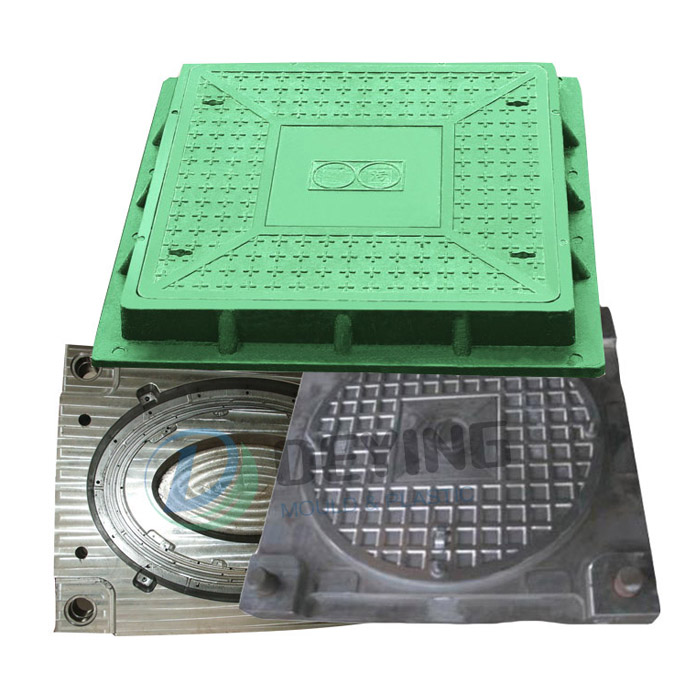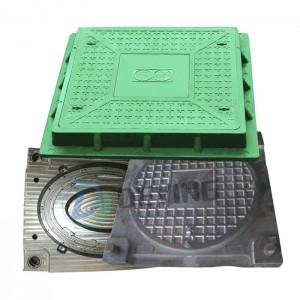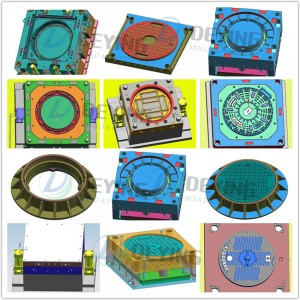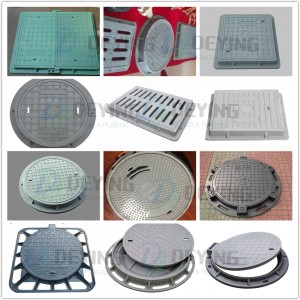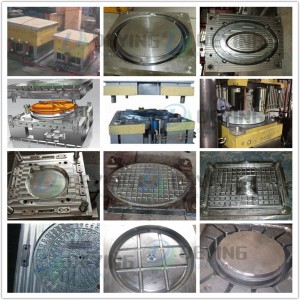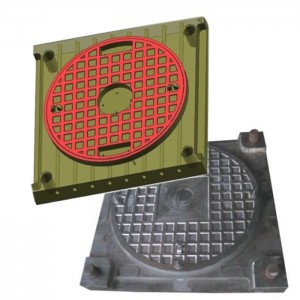Deying mould is an earlier producer of FRP composites compression mold maker in China.We have full experience for fiberglass smc or bmc manhole cover molds.If you have any interests of us ,welcome to inquiry.
SMC/BMC/DMC/FRP mold processing materials introduction
The basic properties of sheet molding compound and dough molding compound are thermosetting, meaning that the crosslinkable material is irreversible in crosslinking. This is also the basis for the unique technical processes that form these types of materials and molds.
This material consists of the following ingredients:
SMC/BMC/DMC/frp composite: resin, low shrinkage agent, filler, reinforcing material, additive, curing system;
SMC/BMC molding: Molding is carried out on a heated steel mold at a temperature of 125 ° C to 170 ° C.
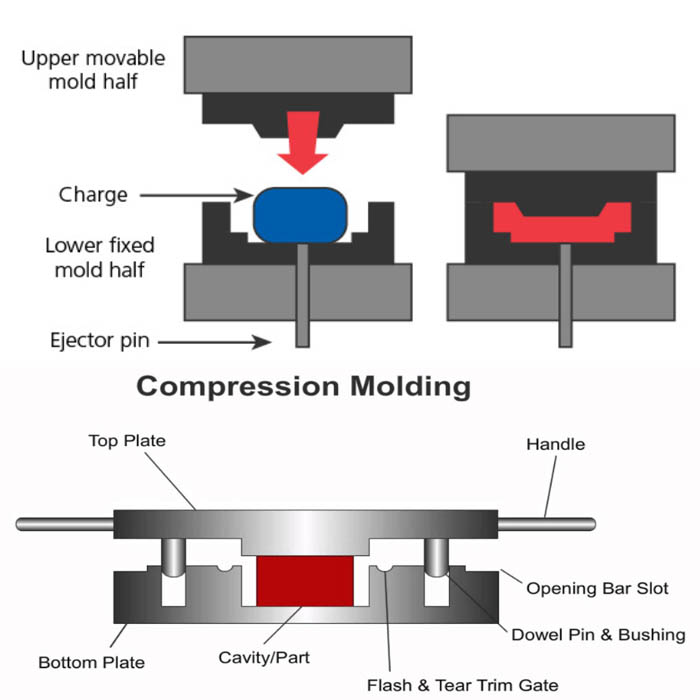

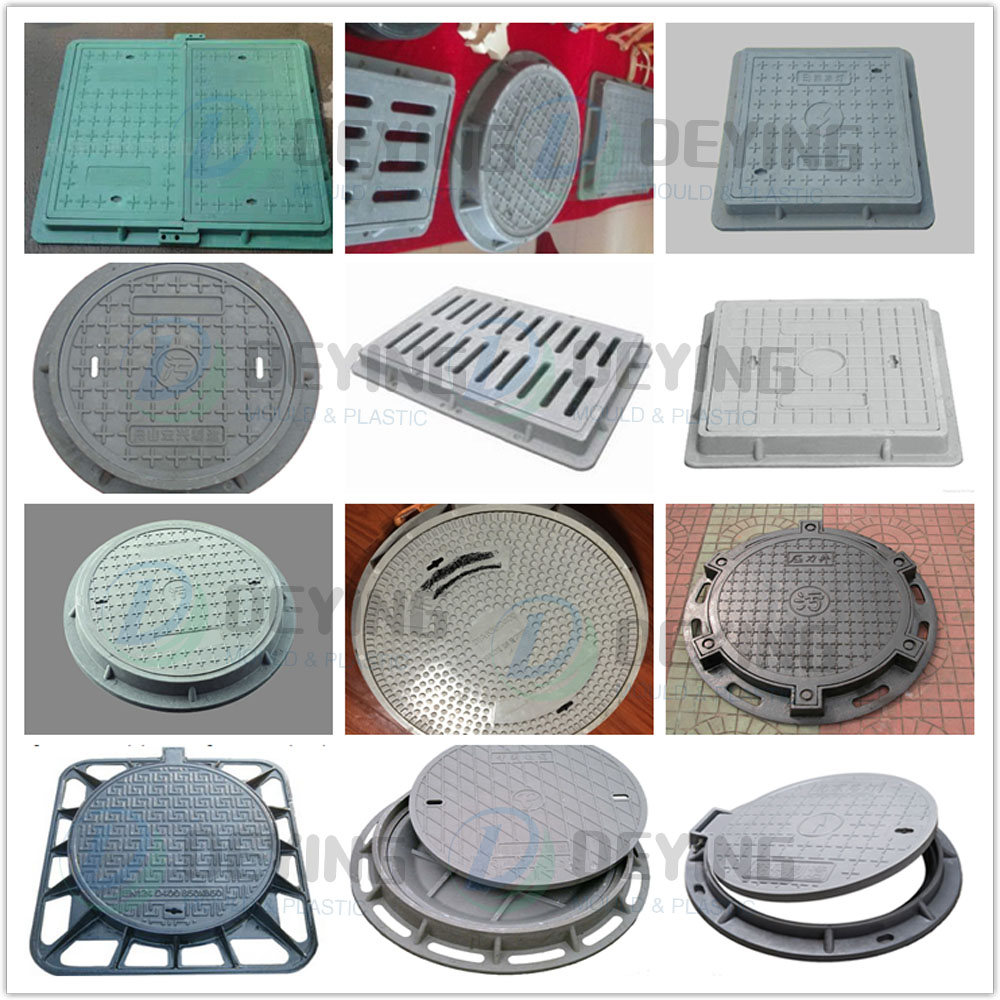
Composite materials are made up of two or more materials with different properties through physical or chemical methods to form materials with new properties. With the broadening of the application field of composite materials, the composite material molding industry has developed rapidly, the old molding process is becoming more and more perfect, and new molding methods are constantly emerging. Commonly used processes include hand lay-up, injection molding, resin injection (RTM), compression molding (BMC, SMC), and vacuum diversion molding processes.
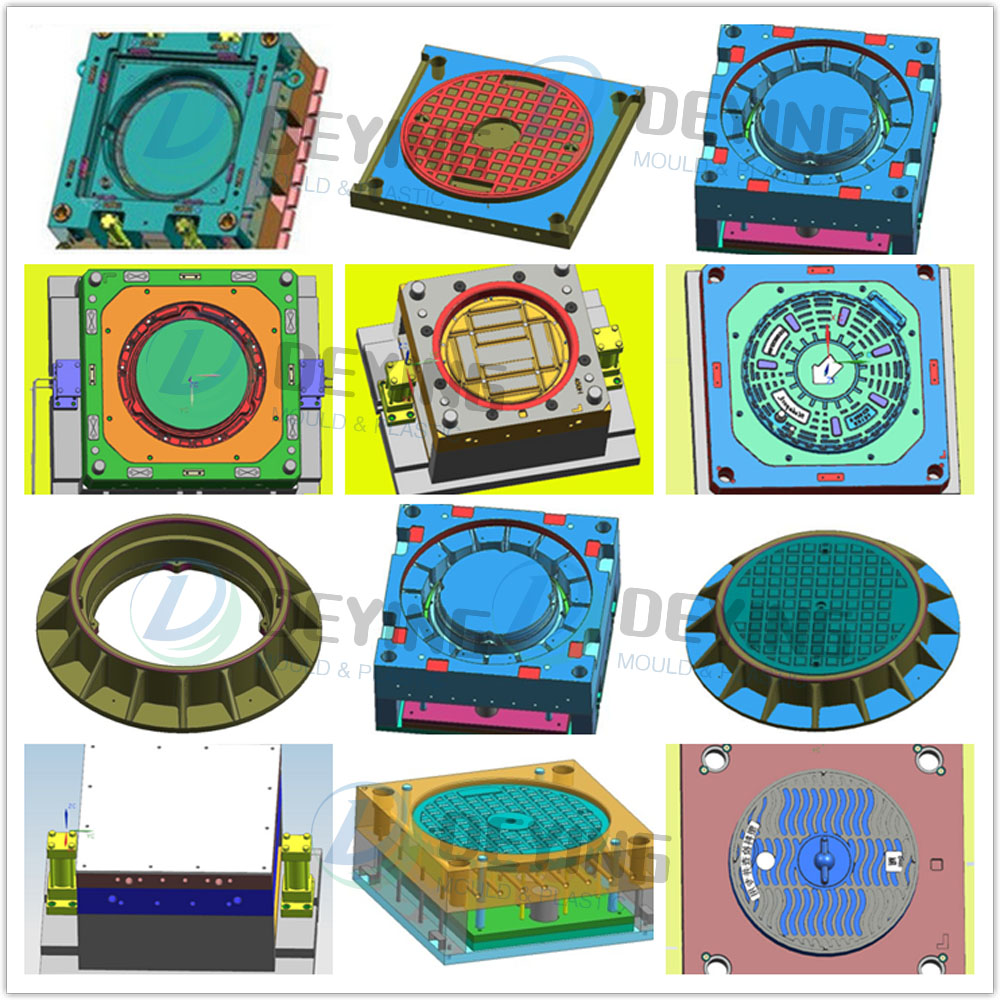
To make high-precision composite products, composite molds are the most important part of the entire manufacturing process. And the shape and appearance of the product need to be guaranteed by the mold. The composite material mold usually puts the composite material into a hot pressing mold, and then melts the composite material by heating the mold. The mold is equipped with an ejection mechanism to eject the molded product to separate it from the mold. Common heating methods for composite molds include oil heating, electric heating, and steam heating.
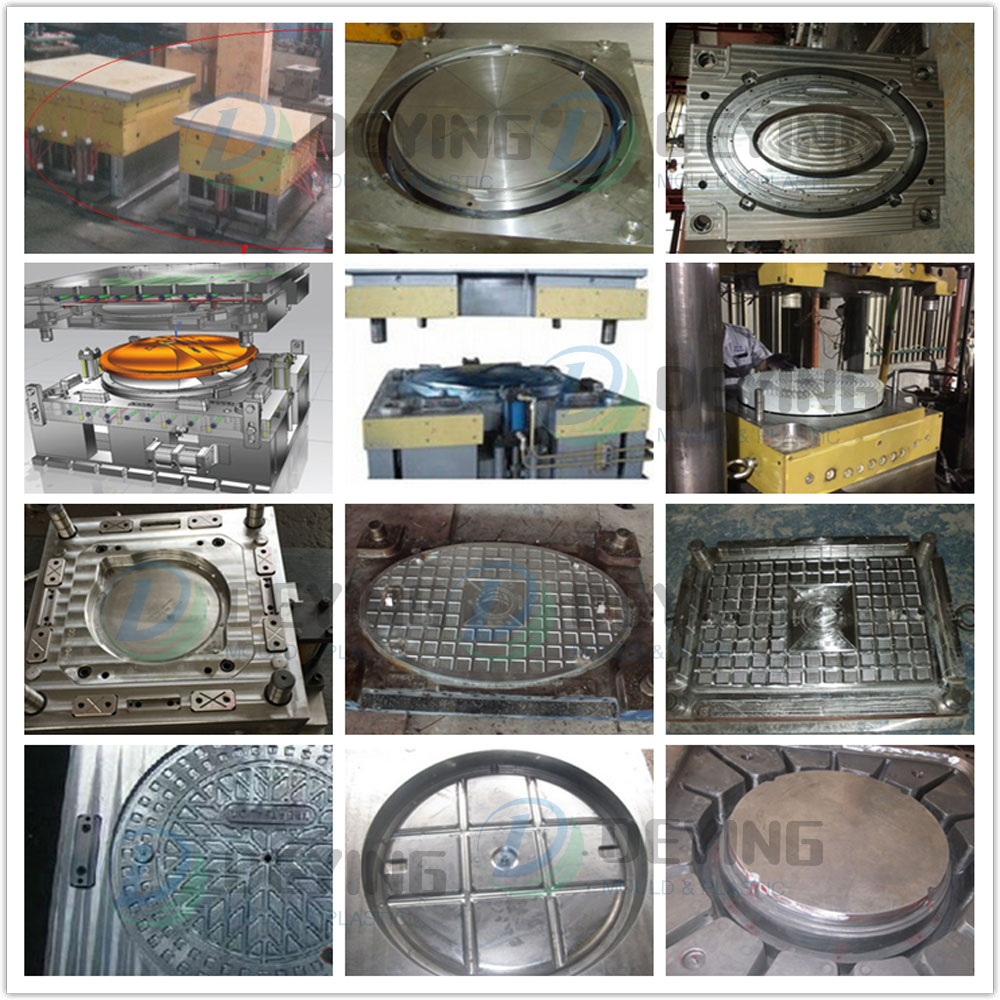
Mold Processing Technology Introduction
1.Compression Molding
The SMC sheet and the BMC pellet are placed in a heated mold. After the mold is closed, the material is filled into the entire cavity and polymerized, and the product is completely cured.
2. Transfer molding
Place the prefabricated SMC or BMC into the injection valve port. After clamping, the material is injected into the cavity, and the material fills the entire cavity and polymerizes. After complete curing, the hot product is demolded.
Transfer molding is suitable for multi-cavity molds where the strength requirements of thin-walled products are high.
3. Injection molding
Place the BMC or injection molded SMC on the filler that feeds the injection device. These thermosetting materials require a check valve. The composite is then injected into the closed mold, filled with cavities and polymerized. After complete curing, the hot product is demolded.
Injection molding is used for the machining of high precision parts and complex bodies.
4. Injection molding - compression molding
Place the BMC or injection molded SMC on the filler that feeds the injection device. These thermosetting materials require a check valve. The composite is then injected into a semi-closed mold, filled with cavities and polymerized. After complete curing, the hot product is demolded.
Injection-molding maintains glass and improves the venting of the cavity. This processing is suitable for products with high mechanical strength.
MB/Wechat/Whatsapp:+0086-13456489912
sophiemould@foxmail.com


-
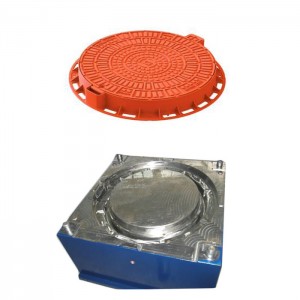
SMC Composite FRP Manhole Cover molds Manufactu...
-
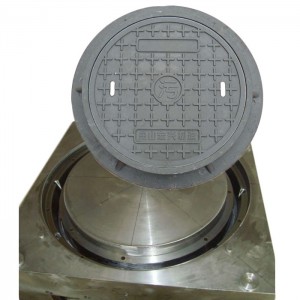
Factory Produced Plastic Moulds for Manhole Covers
-
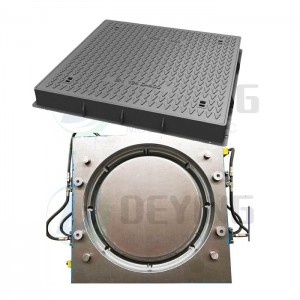
SMC Sheet Molding Compound mould for Manhole Cover
-
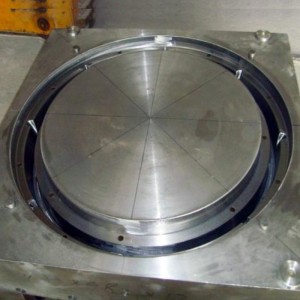
Glass Fiber Reinforced Plastic Sewer Cover Manh...
-
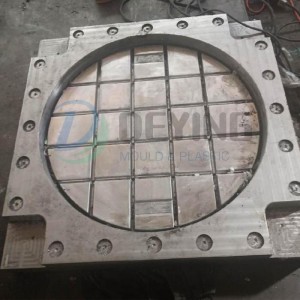
En124 B125 C250 Composite Resin SMC FRP Square ...
-
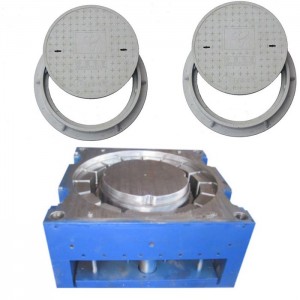
Hot sales Composite Round Resin FRP Manhole Cov...

